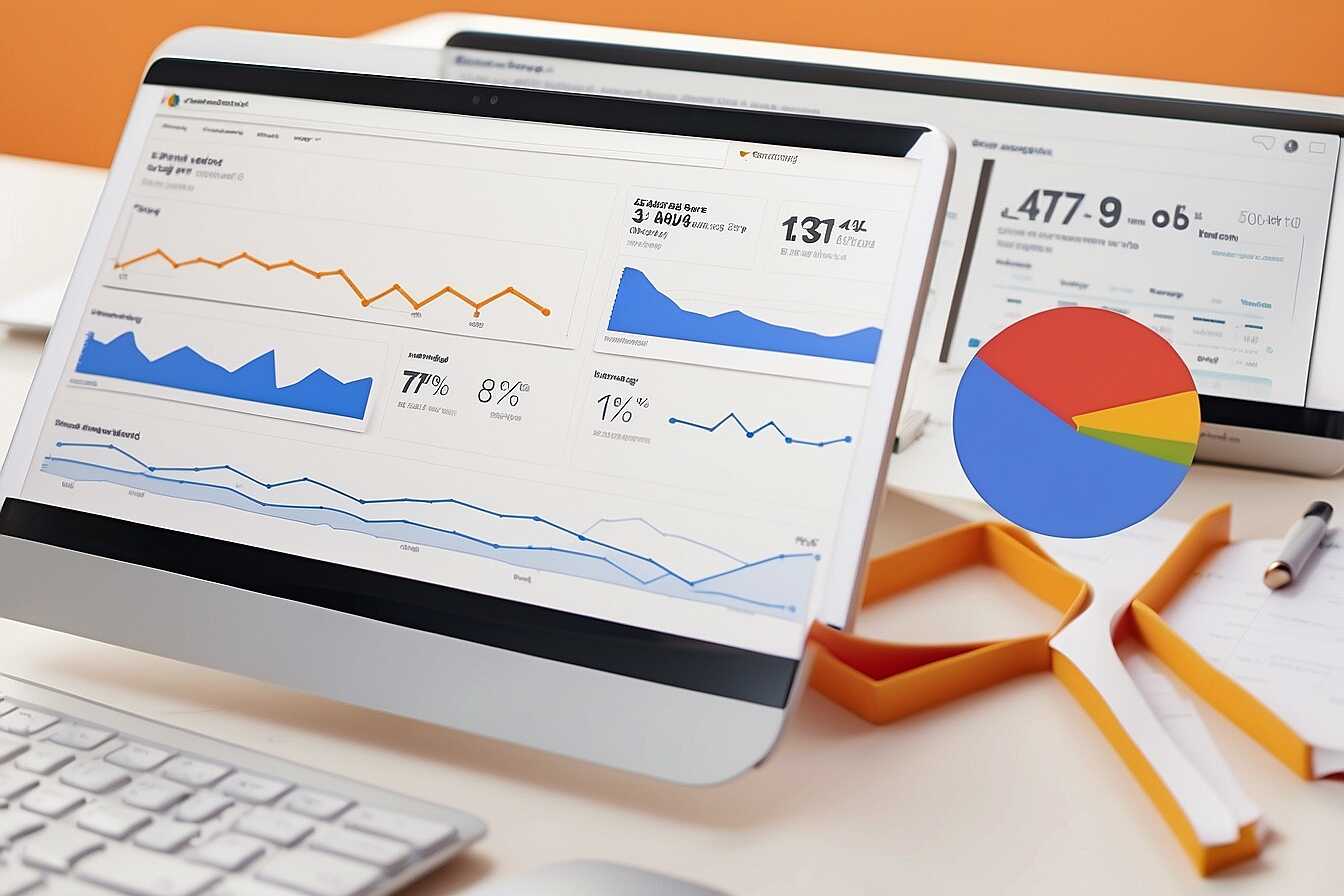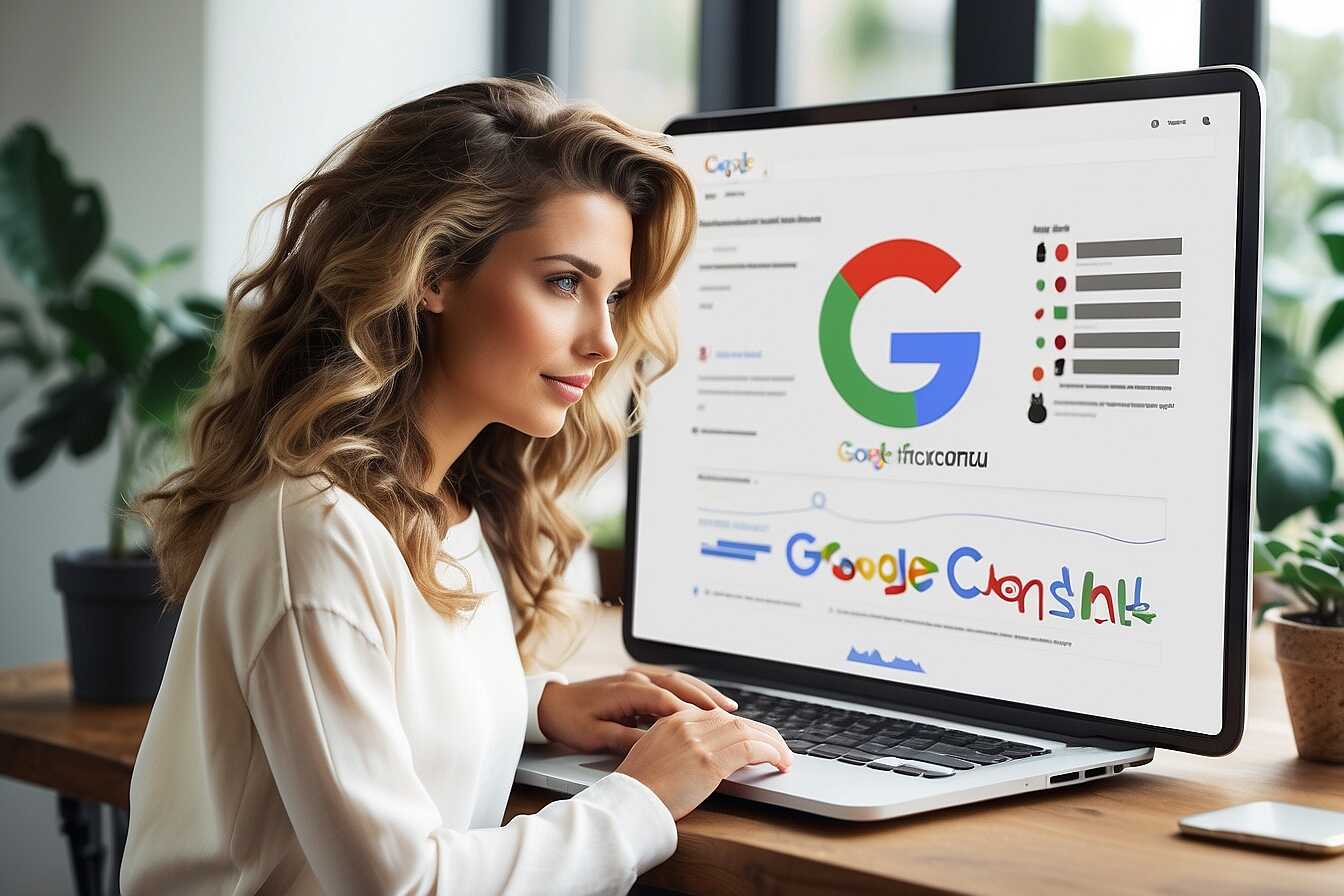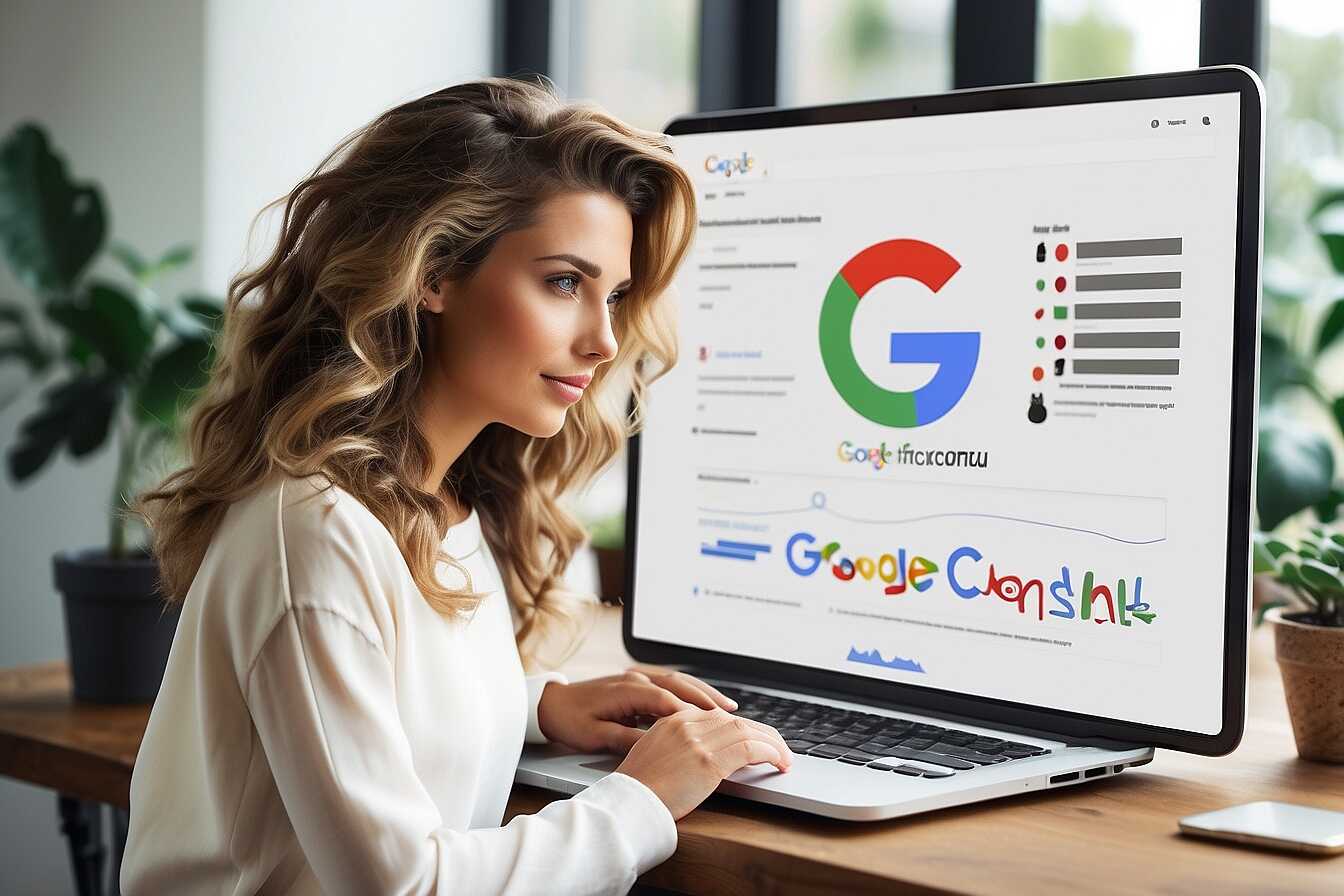Optimizing product image alt text is vital for improving SEO and accessibility on your e-commerce site. Proper alt text not only helps search engines understand your images but also assists users with disabilities in navigating your content. At Metrics Rule, we emphasize the importance of creating effective alt text to enhance both user experience and search engine performance. By following best practices for alt text, you can ensure your product images are both discoverable and accessible.
The Importance of Alt Text for SEO and User Experience
Alt text plays a crucial role in enhancing both SEO performance and user experience. By providing a textual description of images, alt text helps search engines like Google and Bing understand the content of the images, which can improve visibility in search results. For visually impaired users, optimized alt text ensures accessibility, allowing screen readers to convey what the images represent. This dual role makes alt text an essential element in e-commerce websites, where accurate descriptions can enhance engagement and conversion rates. Ideally, alt text should be concise, around 125 characters, to deliver the best results while conveying all necessary information for both search engines and users.
Best Practices for Writing Effective Alt Text
Adhering to best practices for writing effective alt text is crucial. Begin with a clear, descriptive phrase that succinctly conveys the image’s content while incorporating relevant keywords. This not only aids SEO performance but also ensures accessibility for visually impaired users. Always avoid keyword stuffing; instead, focus on providing quality descriptions that are easy to understand. Additionally, including context, such as the product’s use or its setting, can enhance the user experience and potentially increase conversion rates. Integrating these strategies will help your e-commerce site deliver a reliable and user-friendly interface.
Why Accessibility Matters in Digital Marketing
Web accessibility is essential in digital marketing because it ensures all users, including those with disabilities, can access content. Prioritizing accessibility not only meets legal requirements but also expands audience reach significantly. It enables e-commerce platforms to tap into a larger customer base, enhancing SEO performance. In fact, statistics indicate that about 22% of Canadians experience disabilities that can affect online browsing as of 2025. By integrating best practices in accessibility, businesses can improve user experience, reliability, and overall engagement, thereby fostering loyalty and increasing conversions.
Enhancing User Experience through Accessibility
Improving user experience through accessibility is a crucial goal for any digital marketing strategy. By ensuring that your e-commerce platform is accessible, you provide a comfortable browsing experience for all users. Accessibility features like alt text for images not only help visually impaired customers but also enhance SEO performance. This dual benefit can increase your visibility in search engines like Google and Bing. The easier it is for all users to navigate your site, the more likely they are to complete a purchase, ensuring that your marketing efforts translate into reliable results.

Crafting Alt Text for E-commerce Product Images
Effective alt text for e-commerce product images includes key components such as a clear description of the image, relevant keywords that boost SEO, and context that helps users understand the product. When writing alt text, you should aim to use specific terms that describe essential features of the product, like “red leather handbag” or “wireless noise-canceling headphones.” This not only helps search engines index your content but also ensures that users with disabilities understand what the image depicts. Alt text should generally be around 125 characters or less to optimize for both SEO performance and user experience.
Best Practices for Writing Alt Text
In crafting alt text for e-commerce product images, follow these best practices: use descriptive language, avoid keyword stuffing, and maintain brevity. Start with the most important features of the product while ensuring it appeals to both search engines and customers. Use keywords strategically, integrating terms like “ergonomic office chair” or “black running shoes,” which boosts visibility in search engine results. Keep your descriptions concise—aim for 5-10 words for maximum effectiveness. By adhering to these practices, you’ll enhance both accessibility standards and SEO performance for your online store.
Numerical Highlights of Effective Image Description Practices
- Approximately 70% of visually impaired users rely on screen readers for online shopping.
- Search engines use alt text for nearly 80% of image search results.
- Websites with optimized alt text rank 20% higher in organic search.
- Adding relevant alt text can lead to a 10% increase in overall user engagement.
- Images with descriptive alt text can improve page loading speed by 15%.
- Only about 5% of e-commerce sites properly utilize image descriptions for SEO.
- Users who rely on accessibility features spent 25% more time on websites with well-optimized content.

Common Pitfalls in Writing Alt Text
Many people make mistakes when writing alt text that can hurt both accessibility and SEO. Common errors include using too many words, such as writing long descriptions that confuse users. Additionally, some fail to accurately describe the image content, which can lead to misunderstandings. Other mistakes involve using generic phrases like “image of” or “picture of,” which provide no real value. Effective alt text should be clear and concise, ideally no more than 125 characters. Including essential keywords also enhances SEO performance without compromising accessibility features.
Key Elements to Consider for Alt Text
When creating alt text, it’s crucial to identify key elements to ensure the best results. Reliable alt text should describe the image content accurately while providing context. Essential keywords relevant to your e-commerce site will greatly enhance SEO performance. Alt text must deliver usable information that helps both users and search engines understand the image’s purpose. By focusing on clarity and relevancy in your image descriptions, you can improve accessibility and enhance your site’s overall performance in search engine results.

Integrating Keywords into Alt Text Effectively
To effectively incorporate keywords into your product image alt text, start with thorough keyword research. Use tools like Google Analytics and keyword planners to identify terms that resonate with your target audience. Balance is essential; ensure that your alt text is informative and describes the image clearly while including these keywords. Avoid keyword stuffing, as it can harm your SEO. Aim to include one or two focused keywords per alt text to enhance search engine performance without compromising clarity.
Best Practices for Writing Alt Text that Enhances SEO
When writing alt text for product images, apply best practices that enhance both SEO and readability. Use descriptive language that precisely conveys what the image represents, making it easier for visually impaired users and search engines. For example, instead of saying “shoe,” try “red running shoe with reflective stripes.” This approach not only improves accessibility but also integrates keywords like “running shoe” effectively. Remember, high-quality product image descriptions can significantly boost both e-commerce visibility and user experience, delivering excellent results.
Advantages of Crafting Detailed Image Descriptors
- Enhances accessibility for users with disabilities, improving their online experience.
- Improves SEO performance by making images more discoverable by search engines.
- Increases organic traffic by attracting more relevant visitors to product pages.
- Boosts user engagement by offering clearer context about the images displayed.
- Reduces bounce rates as users find the content more relevant and helpful.
- Strengthens brand credibility with a professional presentation of products.
- Encourages social sharing as users find relatable content easier to understand.

Tools to Enhance Alt Text Creation and Optimization
Various tools are available to aid in generating and optimizing alt text. Some of the best tools include ImageAlt, Alt Text Generator, and WordPress SEO plugins. These tools provide features like keyword suggestions, character count limits, and integration with existing content. The ultimate goal is to ensure that image SEO best practices are followed. Additionally, some tools can quickly generate tens of alt text suggestions, improving efficiency. Effective alt text not only enhances accessibility but also aids in SEO performance.
Features to Look for in Alt Text Tools
When selecting alt text optimization tools, focus on reliability and user experience. Look for features like keyword analysis, extensive library integration, and mobile compatibility. Tools that help research keywords for ecommerce can be particularly useful. Users should choose tools that enhance efficiency and produce results accurately. Consistent use of these features can significantly improve the quality of alt text, thus benefiting both accessibility and SEO.
Evaluating the SEO Impact of Your Alt Text
To effectively track the performance of your product image alt text in SEO, start by using tools like Google Analytics to monitor user behavior. Look for metrics such as click-through rates and conversion rates that relate to pages with optimized alt text. Additionally, conduct A/B testing by comparing pages with different alt text strategies. This testing can provide insights into which descriptions resonate more with your audience. For a comprehensive understanding, utilize tools designed for SEO performance tracking, which include core metrics such as organic traffic and rankings. Remember, optimizing your alt text isn’t just about SEO; it also plays a critical role in enhancing user experience and ensuring accessibility for all users.
Tools for Analyzing Alt Text Performance
Several tools are available to help you analyze the effectiveness of your alt text in improving SEO and accessibility. For instance, tools like SEMrush or Ahrefs allow you to review keyword rankings alongside pages that utilize alt text well. You can also track engagement metrics, such as the percentage of users who engage with your alt text and how it influences their navigation. This data is essential for refining your image optimization techniques over time. Remember that a reliable platform provides comprehensive insights that can lead to significant improvements in both search engine visibility and user engagement on your e-commerce site, ensuring that you stay ahead in the competitive Vancouver market.
Companies Emphasizing Effective Image Descriptions
- Amazon utilizes detailed image alt texts to improve accessibility and enhance SEO.
- eBay focuses on accurate descriptions to engage users, but lacks consistency across listings.
- Zalando offers clear alt text and images; users appreciate its navigable layout.
- Walmart provides basic descriptions, which can lead to user confusion.
- Best Buy uses product features in their text, but occasionally omits key contextual details.
- IKEA excels at providing visual context, making shopping easier for all users.
- Target includes informative alt text, yet some product images still lack clarity.
Emerging Trends in Image Optimization for Accessibility
Emerging trends in image optimization focus on enhancing user experience and SEO. More businesses are prioritizing image accessibility to accommodate users with disabilities. Current trends include automated alt text generation, enabling AI to analyze images contextually. A significant increase in e-commerce platforms utilizing alt text has been observed, with Shopify, WooCommerce, and Magento optimizing their images for better SEO performance. By 2025, it is expected that over 75% of websites effectively implement alt text, showcasing a notable commitment to accessibility and SEO initiatives.
Innovative Tools for Image Alt Text
Innovative tools for image alt text are increasingly crucial for ensuring effective image accessibility. Many platforms now offer AI-powered solutions that automatically generate descriptive alt text based on image content. These tools enhance reliability and efficiency, enabling businesses to maintain SEO standards and provide users with a seamless experience. Coupled with evolving best practices, these technologies help e-commerce platforms deliver better results while optimizing user experience. As we advance through 2025, leveraging these innovative tools will become essential for maintaining competitive advantages in the digital landscape.
